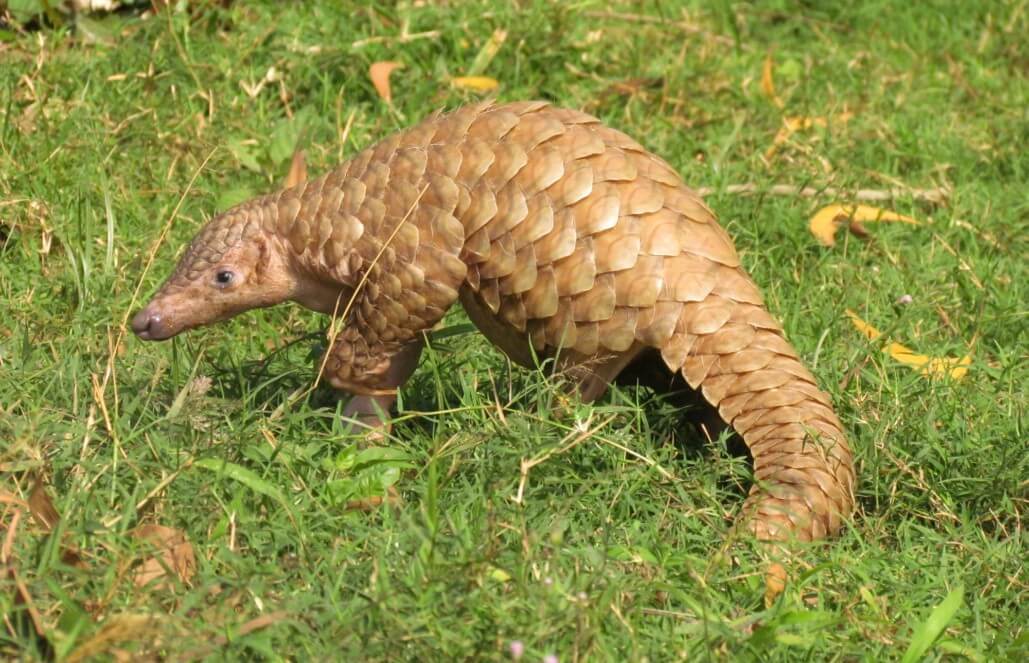Zimbabwe has 232 protected areas covering 106,838 km (UNEPWCMC & IUCN, 2019y). Zimbabwe has a rich history of biodiversity conservation. It has established an extensive protected areas network and enacted legislation for strict conservation and preservation in some areas and sustainable utilisation in others.
Its protected areas network puts Zimbabwe among the top 50 countries globally with respect to protected area coverage. Biodiversity is an important base for Zimbabwe’s economy and supports the livelihoods of the majority of its population.
The policy framework and strategies that have been developed over the last decade acknowledge the importance of biodiversity conservation for sustainable development and biodiversity has been streamlined in all sectors. The government introduced the CAMPFIRE programme to maximise the livelihood options for resettled farmers, particularly those living in areas where crop production has limited potential, by ensuring profitable, equitable and sustainable use of wildlife and other resources. CAMPFIRE projects involve communities in the co-management of wildlife in communal areas.
Transboundary protected and conserved areas
Transboundary protected and conserved areas Zimbabwe includes parts of seven transboundary conservation areas, namely Chimanimani TFCA, Great Limpopo Transfrontier Park and Conservation Area, Greater Mapungubwe TFCA, Kavango-Zambezi TFCA, Lower Zambezi-Mana Pools TFCA, Mosi-oa-Tunya Victoria Falls Transboundary World Heritage Site and ZIMOZA TFCA.
Policy context
A comprehensive report on legislation and policy related to protected area management, governance and equity was undertaken by the BIOPAMA programme. It identified 25 relevant laws and policies in Zimbabwe (Tessema, 2019).
Key species
Zimbabwe is home to almost 6,000 vascular plant species, of which 214 are endemic. There are 211 species considered threatened, but this is not a full count as only 10% have been assessed for threat status. Zimbabwe is also home to 670 bird species, 270 mammals, 156 reptile species, 120 amphibians and 151 fish species. There is limited knowledge of micro-organisms.
Pressures and Threats
The major causes of biodiversity loss in Zimbabwe are: habitat loss and degradation due to unsustainable agricultural expansion, overgrazing, use of trees as an energy source, fire damage, mining, and infrastructural development; invasive alien species; and climate change. Many birds, reptiles, amphibians and mammals are also directly threatened by illegal or unsustainable harvesting, for the illegal bushmeat wildlife trade. High levels of pollution in Zimbabwe’s aquatic systems have also had a large impact on biodiversity in the country. Underpinning these direct threats are the longer-term challenges of poverty, uncontrolled economic development and a lack of institutional capacity to sustainably manage natural resources.

 Protected Areas
Protected Areas





